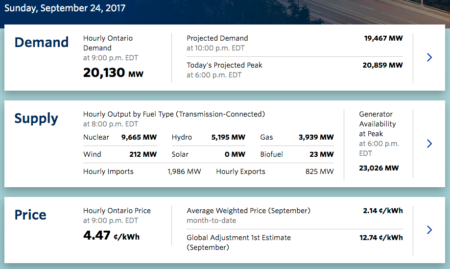One way in which the lives of contemporary urban dwellers must differ from those of most people in the 250,000 years of anatomically modern human history is in not knowing our neighbours. In a small settlement in a time before widespread travel and privacy, you would probably know everybody. Now, many of us couldn’t pick out the people who live on our block from a lineup.
I suspect this has several negative effects. Because so many of us duplicate what would once have been shared spaces (living rooms, laundry rooms, kitchens), urban density is lower than it might otherwise be, contributing to sprawl and the time and energy inefficiencies of long commutes. Socially, there is ample evidence that we are atomized and isolated to an unprecedented expense.
Living for three years at Massey College offered one alternative model. The college has the physical layout of a Benedictine monastery, with shared spaces including the common room, libraries, and the dining hall on one end and private rooms looking inward around an enclosed quad. Everybody gets their own small bedroom and attached office, but all other facilities are shared. Meals are taken in common, and cellular phones are prohibited in the dining hall. It’s an attractive approach that combines privacy with communality, and it probably fits more people into a Massey-sized area than private apartments would. If it were more than three stories tall, it could be much more dense than conventional housing, while still not having so many residents that people won’t all know one another.
A commercial take on a similar idea is being tried in London:
The Collective is a pioneer of a new property format known as “co-living”. Instead of self-contained flats, residents live in tiny rooms with 12 square metres of floor space. Most contain just a bed and a bathroom.
It is outside these rooms that the building makes its pitch. It comes with a gym, spa, libraries, a good restaurant and a cinema. Residents get access to all of these amenities, as well as their room, for a rental payment of £800-£1,000 ($1,033-$1,292) a month. That includes all bills and high-speed Wi-Fi; they pay extra for meals in the restaurant. Residents have come up with their own services, too. The Collective houses a “library of things”, or a shared repository of useful objects—hammers, tape measures and even tents.
They do note that this building is too large for close social pressure to prevent bad behaviour:
With too many co-livers to be able to know everyone personally, CCTV is used in these areas as a guarantor of good conduct and cleanliness.
That said, I have experienced problems with chores, shared cooking equipment, and cleanliness in situations with just two or three housemates.
Along with innovations like more laneway housing and policies to discourage low-density urban living, such approaches could contribute to a more sustainable future which also includes stronger communities.



